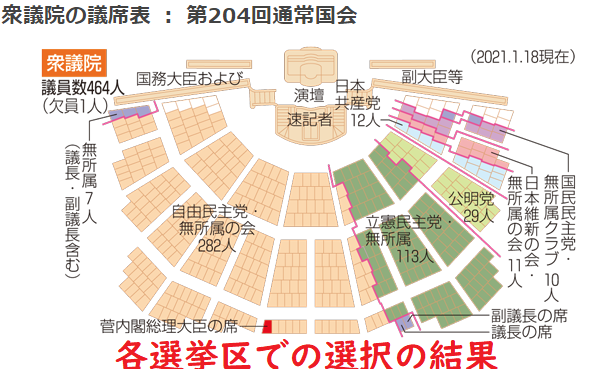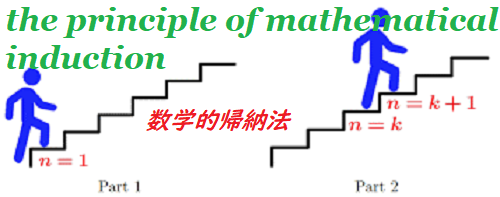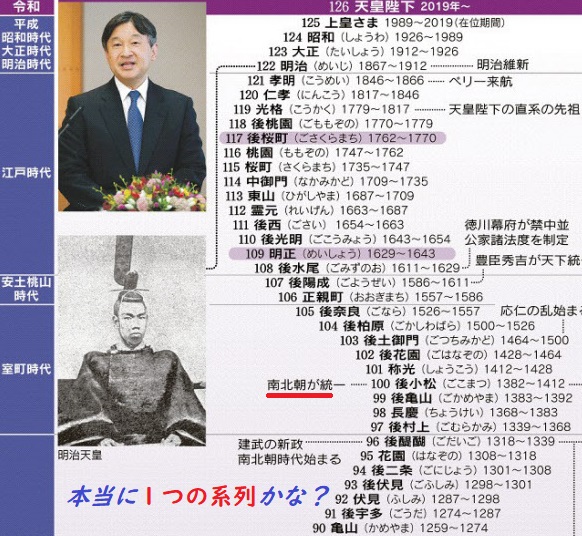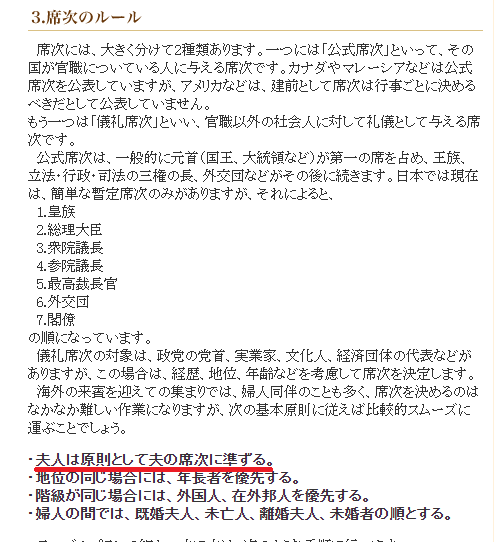
乗法(掛け算)のこの定義を採用した後,我々(注:ラッセルとホワイトヘッド)は予想外の困難に直面した。(即ち)集合の数が無限である場合、(各集合の中から)任意の選択が可能であることは確信できない。関係している(当該)集合の数が有限であれば、総選挙の場合に行われるように、各集合(注:各選挙区)から代表(者)を任意にとりだすことが可能である。しかし集合の数が無限の場合、我々の恣意的行為(arbitrary acts きままな行為)を無限回行うことはできないので、、望む結果を確保する何らかの内包(的規定)(intention 内包)がなくては、選択が可能かどうか確信できない。ひとつ例をあげてみよう。昔々、一人の百万長者がいて、無限の数の靴(注:右足用と左足用で一足=一組)を買い、一足の靴を買うと必ずまた一足の靴下を買いました(とします)。この時、靴の各ペア(一足)からひとつを選択することが可能である。というのは、常に右足の靴を選ぶかあるいは左足を選ぶことができるからである。このようにして、靴に関する限り、選択は存在する(選択可能である)。けれども靴下については、左と右の区別がないので、この選択の規則を用いることはできない。靴下の選択ができるためには、何らかのずっと手のこんだ方法(elaborate method)を採らなければならないであろう。たとえば、靴下の各対(ペア/各1組)についてその一方が他の一方よりも近い位置にあるようなひとつの点(注:空間のなかの特定の位置)を見つける(定める)ことができるであろう。そうすれば各対(ペア)の中から、その点により近い方を選ぶことにより、一つの選択を得る(行う)であろう。私は昔、この問題(パズル)を、トリニティ学寮の食堂のハイ・テーブル(注:偉い人たちが座るテーブル)で、たまたま私の隣に坐ったあるドイツ人数学者に出した。しかし彼は「なぜ大金持なのか(大金持ちでなければならない理由は?)」とだけ言った。
Chapter 8 Principia Mathematica: Mathematical Aspects, n.10 After we had adopted this definition of multiplication, we were faced by an unexpected difficulty. It appeared that, when the number of classes is infinite, one cannot be sure that any selections are possible. When the number of classes concerned is finite, we can pick out a representative arbitrarily from each of them, as is done in a General Election; but, when the number of classes concerned is infinite, we cannot make an infinite number of arbitrary acts of choice, and we cannot be sure that a selection is possible unless there is some intension which secures the desired result. I will give an illustration: there was once a millionaire who bought an infinite number of pairs of shoes and, whenever he bought a pair of shoes, he also bought a pair of socks. We can make a selection choosing one out of each pair of shoes, because we can choose always the right shoe or always the left shoe. Thus, so far as the shoes are concerned, selections exist. But, as regards the socks, where there is no distinction of right and left, we cannot use this rule of selection. If we are to be able to make a selection out of the socks, we shall have to adopt some much more elaborate method. We could, for example, find a point such that, in each pair of socks, one of the pair is nearer to this point than to the other. We should then obtain a selection by choosing from each pair the one nearer the point in question. I once put this puzzle to a German mathematician to whom I happened to sit next at the High Table at Trinity, but his only comment was: ‘Why a millionaire?’
Source: My Philosophical Development, chap. 8:1959.
More info.:https://russell-j.com/beginner/BR_MPD_08-100.HTM









